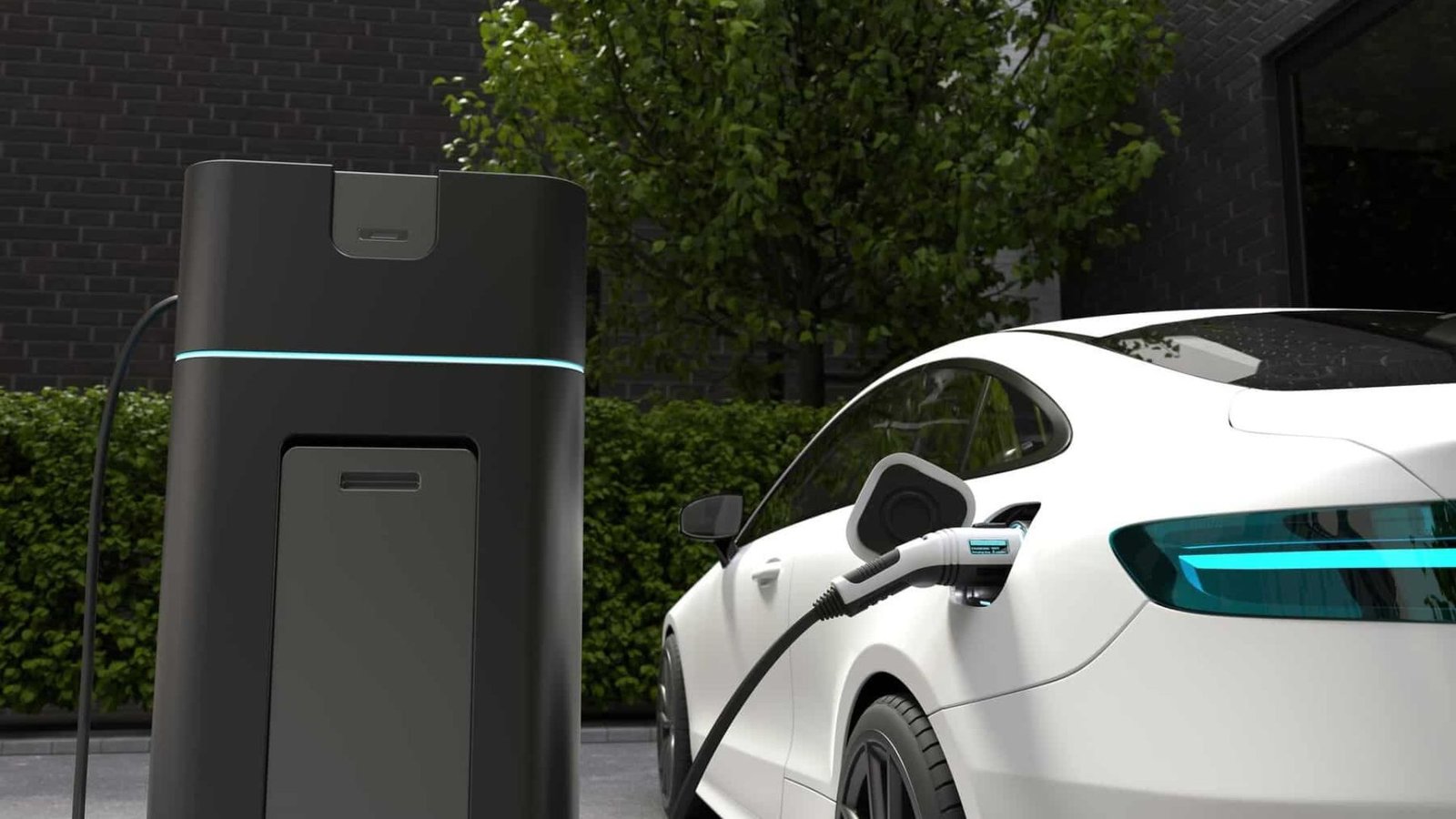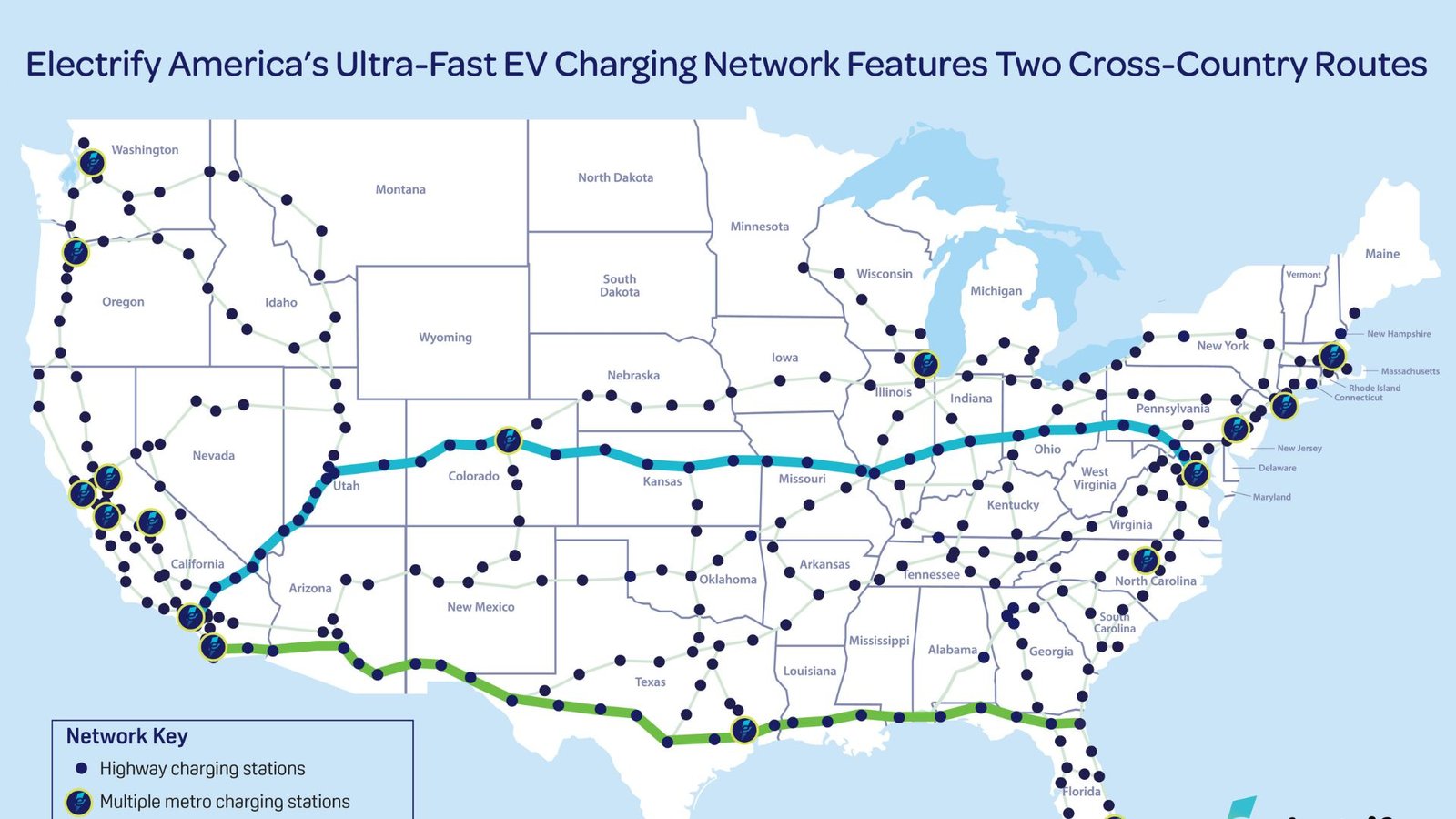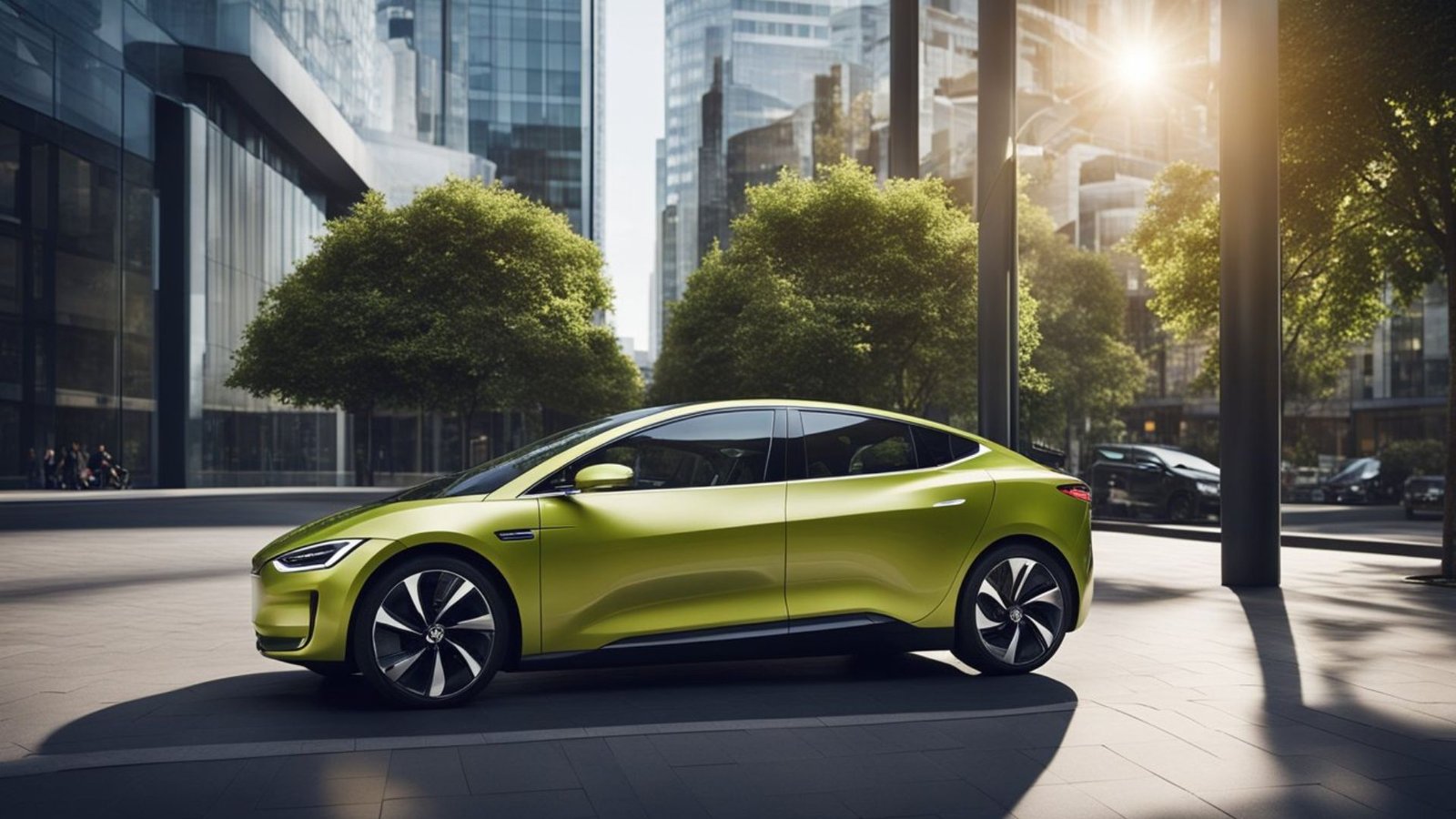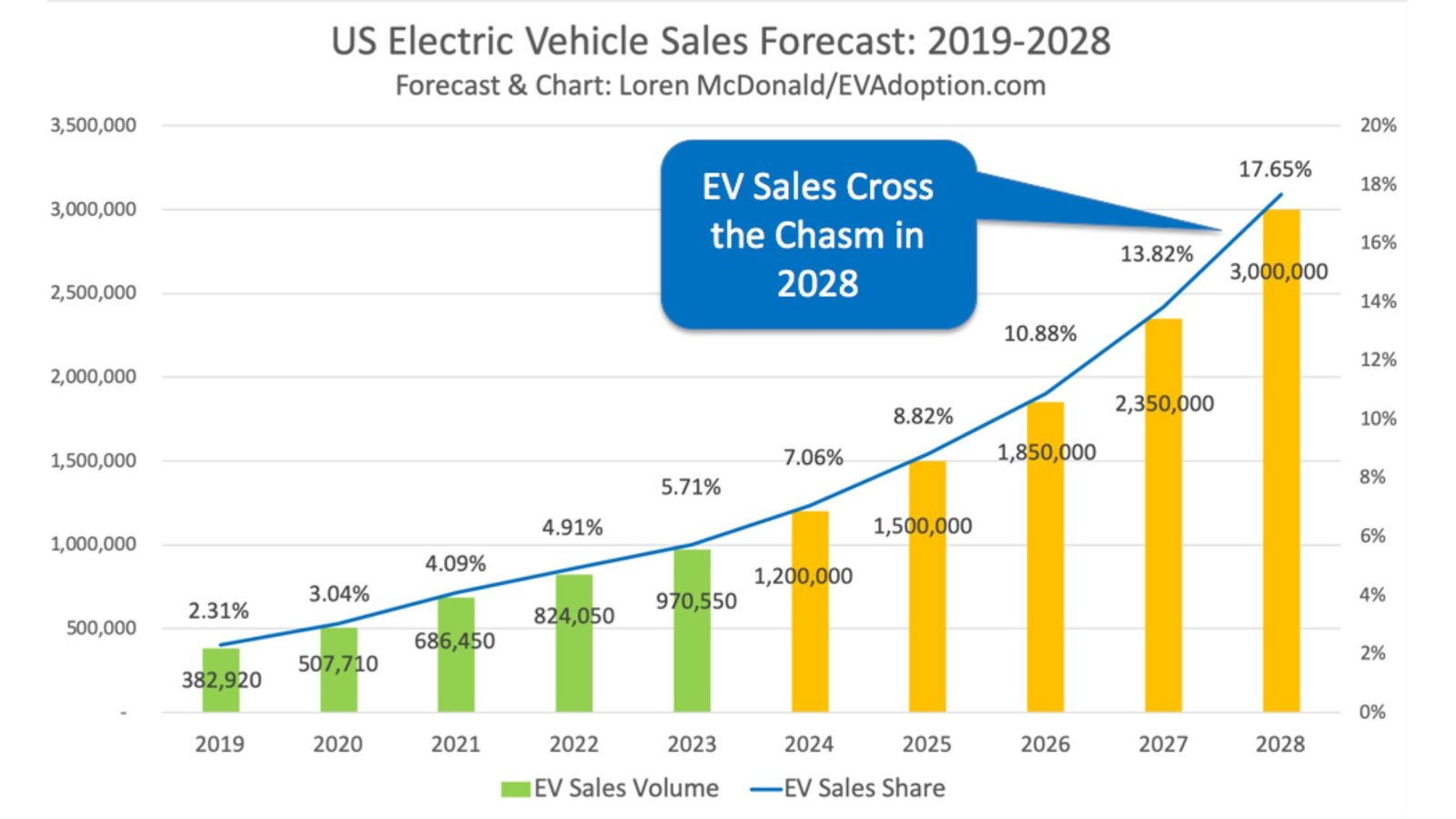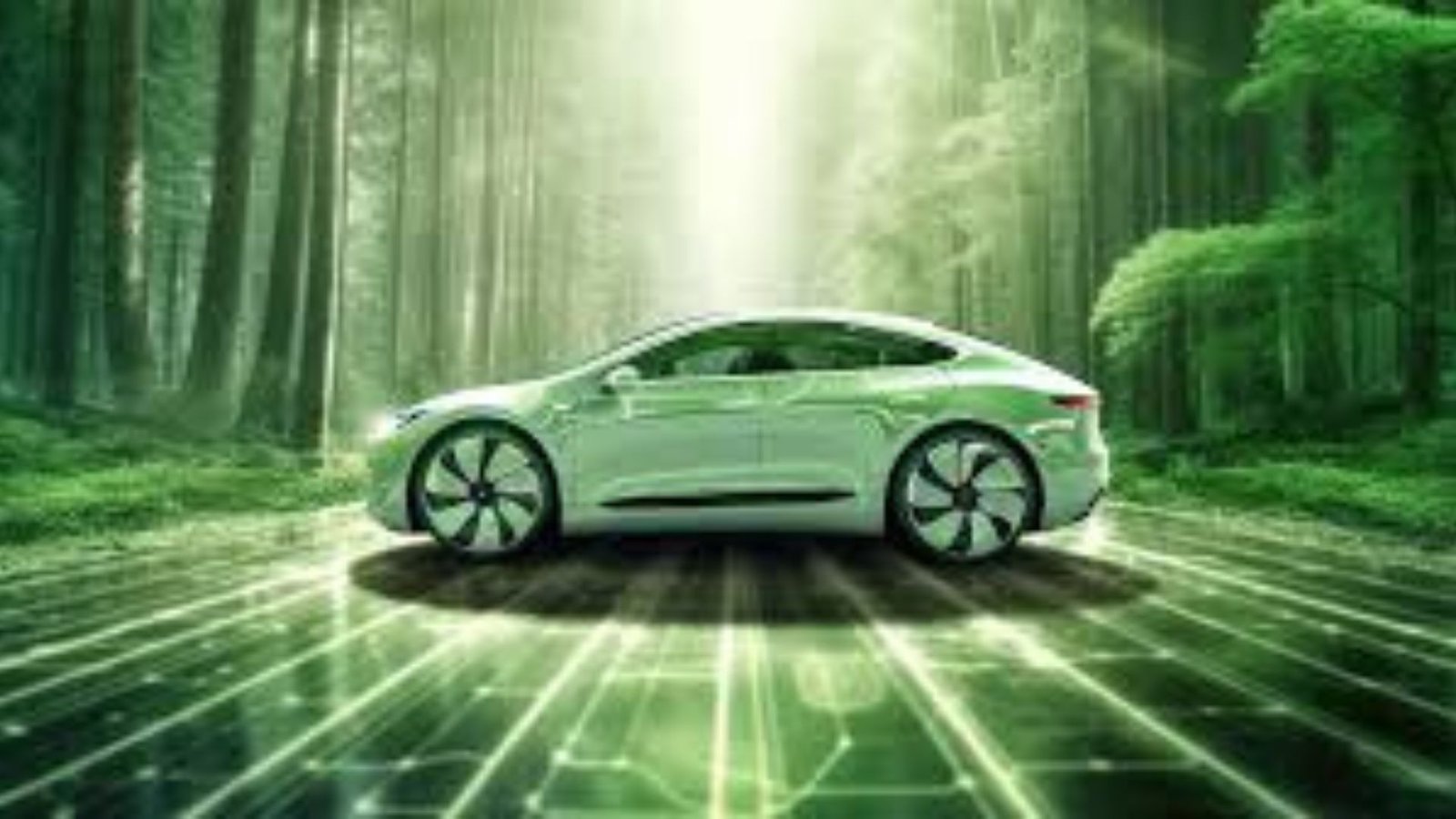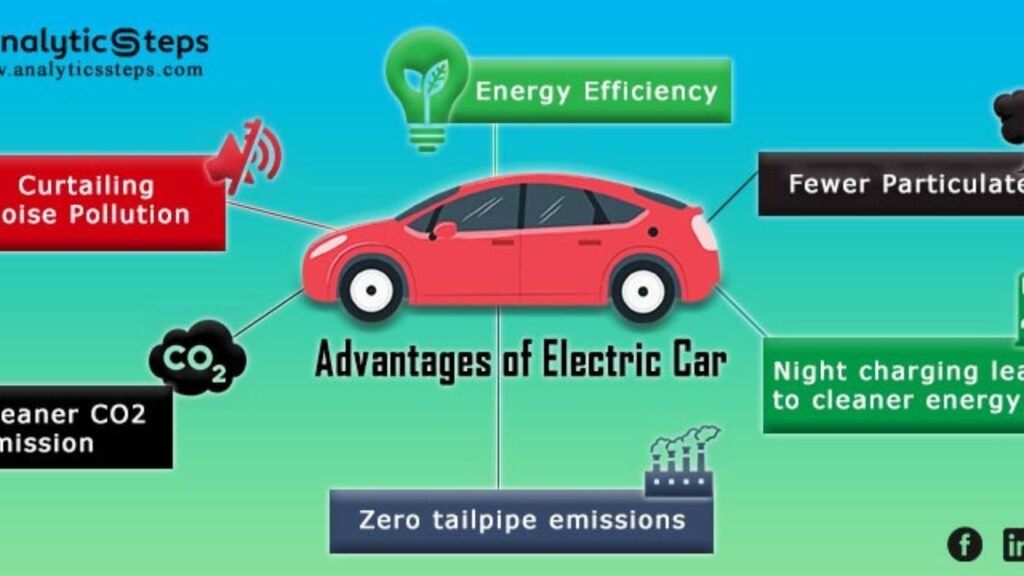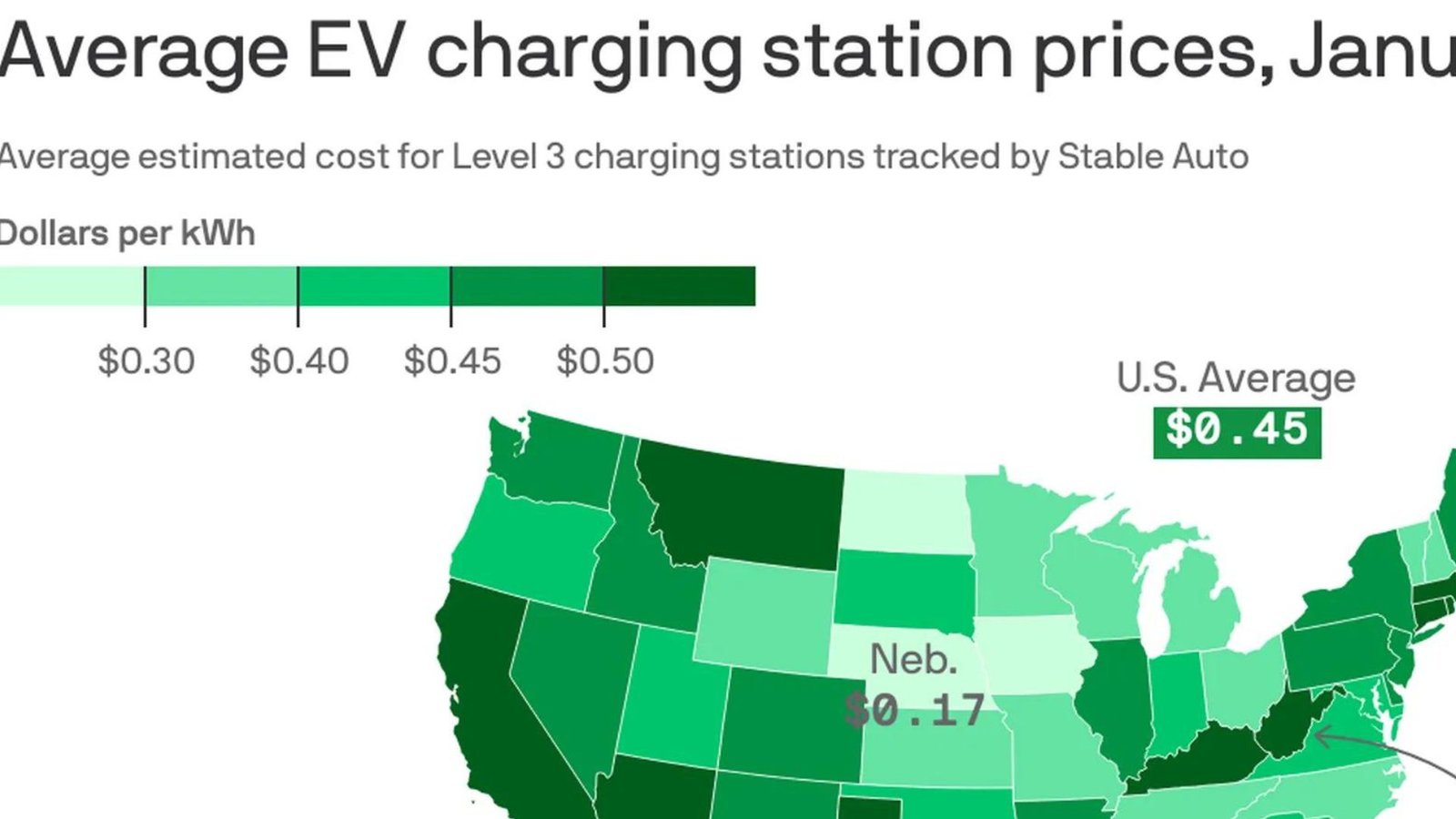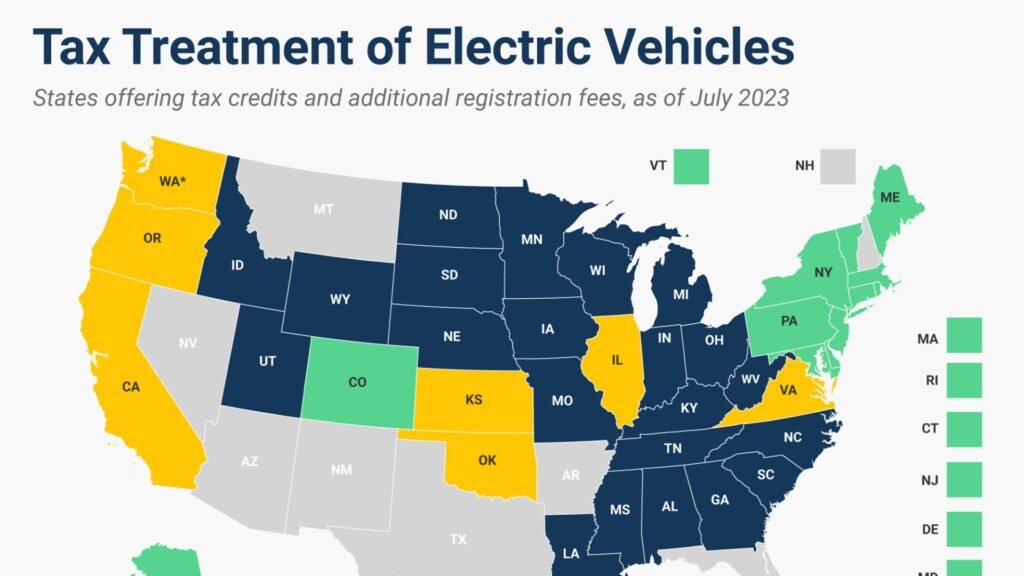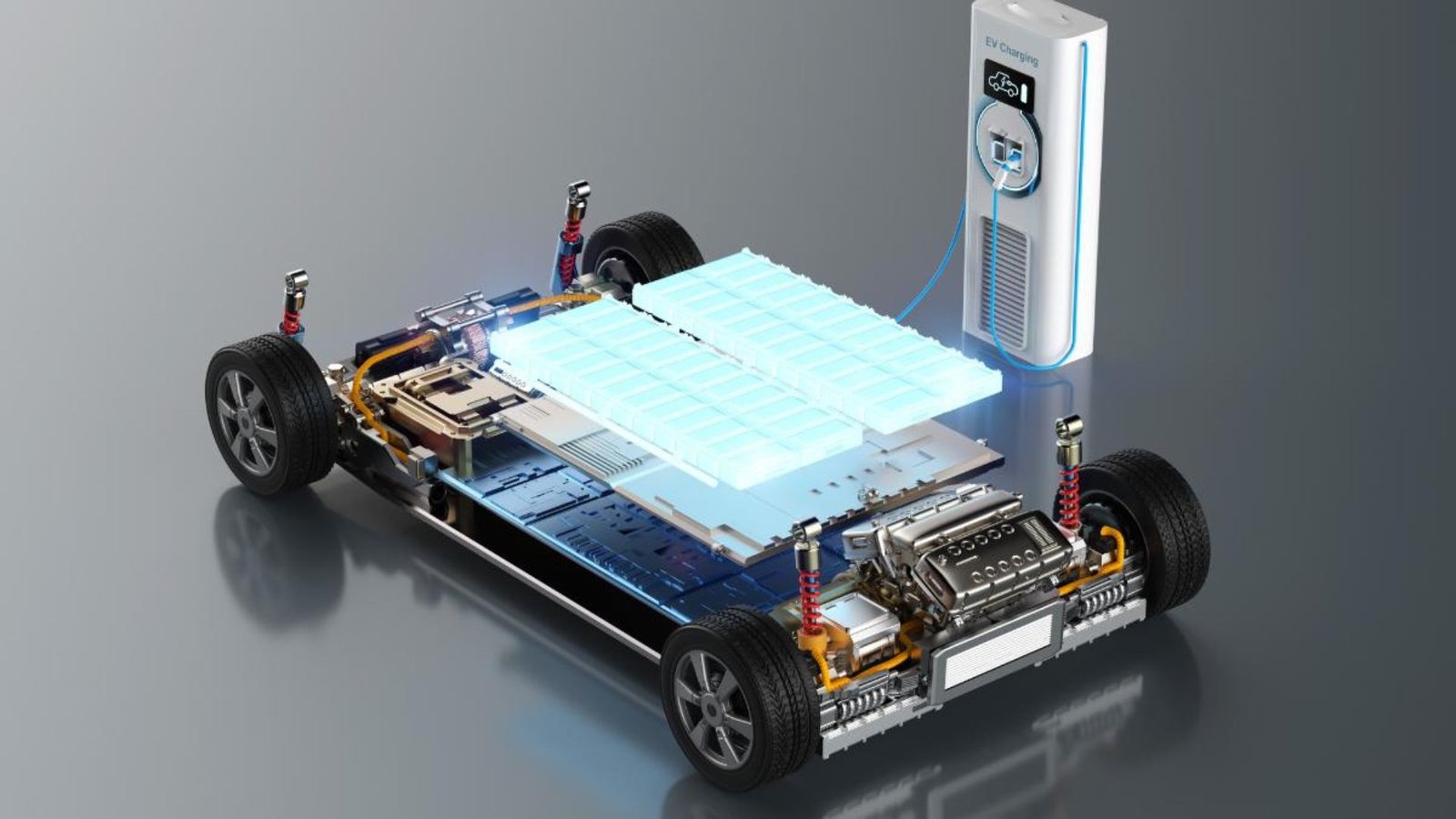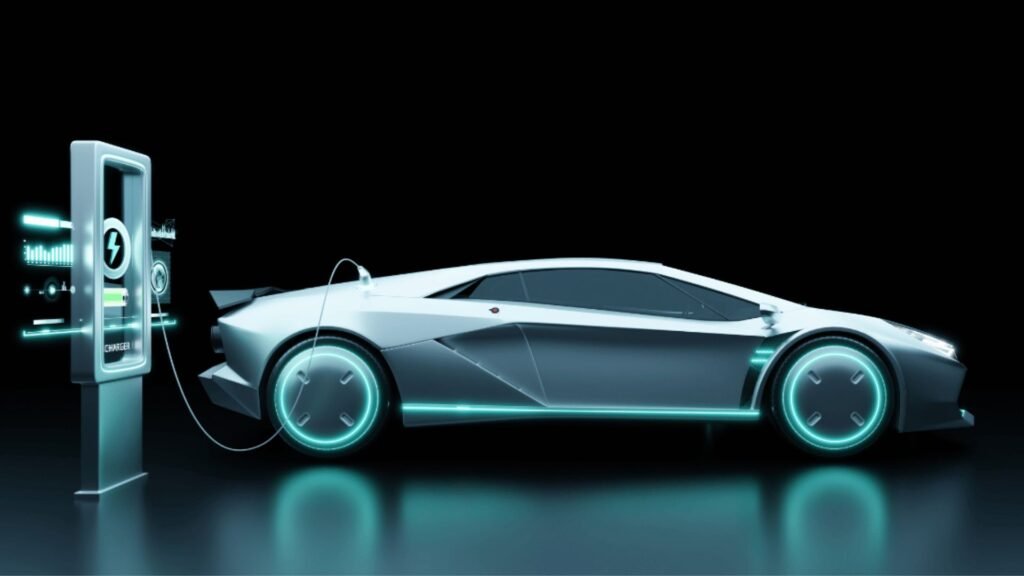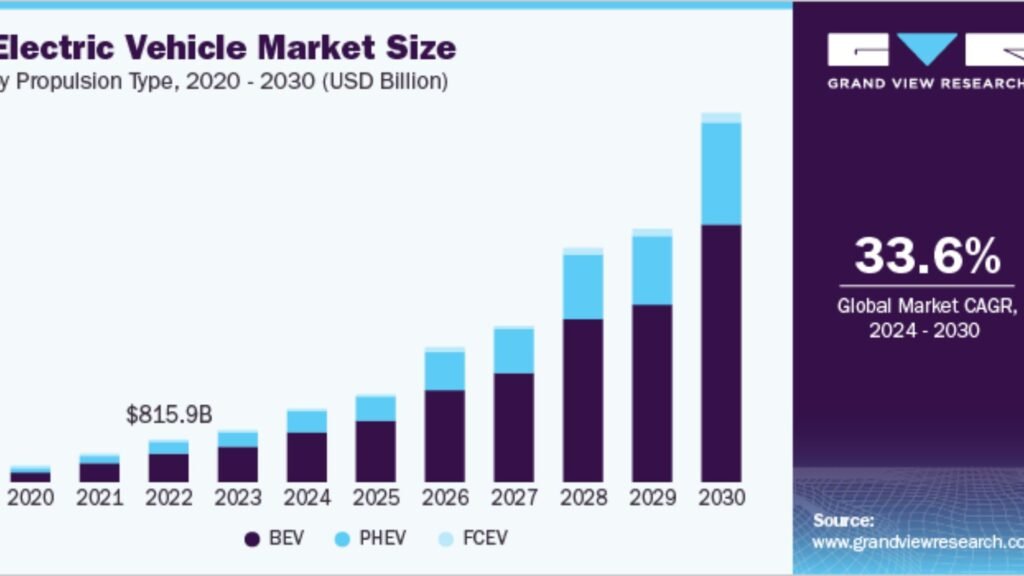Innovative Features in Electric Vehicles
Electric vehicles (EVs) are not just about reducing emissions and fuel costs—they also come with a host of innovative features that make driving more enjoyable, convenient, and efficient. From advanced technology to smart design, these features are transforming the automotive industry. Here’s a look at some of the most exciting innovations in electric vehicles.

Advanced Battery Technology
Battery technology is at the heart of electric vehicles, and recent advancements are making EVs more efficient and practical.
Longer Range
One of the most significant improvements in EV battery technology is the increase in driving range. New battery designs and materials are extending the distance that electric vehicles can travel on a single charge. This helps alleviate range anxiety and makes EVs more suitable for long-distance trips.
Faster Charging
Another major advancement is faster charging. Modern EVs are equipped with high-capacity charging systems that reduce the time needed to recharge the battery. Fast chargers can replenish up to 80% of an EV’s battery in just 30 minutes, making it easier to fit charging into your busy schedule.
Improved Battery Lifespan
New battery technologies also offer improved longevity. Advances in battery chemistry and management systems are enhancing the durability of EV batteries, ensuring that they last longer and maintain their performance over time.
Cutting-Edge Driver Assistance Systems
Electric vehicles often come with advanced driver assistance systems (ADAS) that enhance safety and convenience on the road.
Adaptive Cruise Control
Adaptive cruise control automatically adjusts the vehicle’s speed to maintain a safe distance from the car ahead. This feature is particularly useful on highways, where it helps reduce driver fatigue and improve safety.
Lane Keeping Assist
Lane keeping assist uses sensors and cameras to monitor lane markings and help keep the vehicle centered in its lane. If the vehicle starts to drift, the system provides steering inputs or alerts the driver to prevent unintended lane changes.
Automated Parking
Automated parking systems can assist drivers with parallel or perpendicular parking. Using sensors and cameras, the vehicle can automatically steer into a parking space, making parking easier and more accurate.
Smart Connectivity Features
Electric vehicles are increasingly equipped with smart connectivity features that integrate with your digital life.
Infotainment Systems
Modern EVs come with sophisticated infotainment systems that offer features such as navigation, media streaming, and smartphone integration. These systems often support voice commands and touchscreen controls, making it easy to access information and entertainment while driving.
Over-the-Air Updates
Some electric vehicles are equipped with over-the-air (OTA) update capabilities. This means that manufacturers can remotely update the vehicle’s software, adding new features or improving performance without requiring a visit to the dealership.
Mobile Apps
Many EV manufacturers offer mobile apps that allow owners to monitor and control various aspects of their vehicle remotely. These apps can provide information on battery status, charging locations, and even allow you to precondition the vehicle before driving.
Sustainable and Eco-Friendly Design
Electric vehicles often incorporate sustainable design features that reduce their environmental impact.
Recycled Materials
To minimize their environmental footprint, many EV manufacturers use recycled and eco-friendly materials in the vehicle’s interior and exterior. This includes recycled plastics, natural fibers, and environmentally friendly paints.
Efficient Heating and Cooling
Electric vehicles use efficient heating and cooling systems to manage cabin temperature without relying on traditional engine-based heaters or air conditioners. These systems are designed to be energy-efficient, helping to extend the vehicle’s range.
Innovative Driving Modes and Features
Electric vehicles offer unique driving modes and features that enhance the driving experience.
Regenerative Braking
Regenerative braking captures energy that would otherwise be lost during braking and uses it to recharge the battery. This feature not only extends the vehicle’s range but also provides a smoother driving experience by reducing the need for conventional braking.
Enhanced Performance Modes
Many electric vehicles come with performance modes that allow drivers to experience enhanced acceleration and handling. These modes optimize the vehicle’s power delivery for a more dynamic driving experience.
Silent Operation
Electric vehicles are known for their quiet operation. Without the noise of an internal combustion engine, driving an EV is a more serene experience. This quiet operation contributes to a more peaceful driving environment and reduces noise pollution in urban areas.
Future Trends and Innovations
As technology continues to advance, electric vehicles will likely see even more innovations in the future.
Vehicle-to-Grid Technology
Vehicle-to-grid (V2G) technology allows electric vehicles to interact with the power grid. This means that EVs could potentially store excess energy and feed it back into the grid, helping to stabilize energy supply and support renewable energy sources.
Enhanced AI and Machine Learning
Artificial intelligence and machine learning are expected to play a significant role in the future of electric vehicles. These technologies will enable smarter navigation, better predictive maintenance, and more personalized driving experiences.
Conclusion
In conclusion, electric vehicles are not only advancing the fight against climate change but also introducing a range of innovative features that enhance safety, performance, and convenience. From advanced battery technology and smart connectivity to sustainable design and unique driving modes, EVs are setting new standards in the automotive industry. As technology continues to evolve, we can expect even more exciting innovations that will make electric vehicles an increasingly attractive option for drivers around the world.

